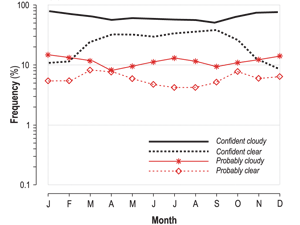
Kotarba A.Z. (2017) Inconsistency of surface-based (SYNOP) and satellite-based (MODIS) cloud amount estimations due to the interpretation of cloud detection results. International Journal of Climatology, 37, 4092-4104, doi:10.1002/joc.5011
Surface-based and satellite-based observations remain the fundamental source of cloud amount data for climatologists. However, both data sets show inconsistency related to the interpretation of instantaneous cloud detection, whether measured using the okta scale
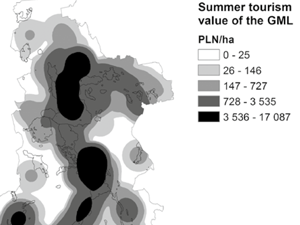
Kulczyk S., Woźniak E., Derek M., Kowalczyk M. (2016) How much is the “wonder of nature” worth? The valuation of tourism in the Great Masurian Lakes using travel cost method, Ekonomia i Środowisko, V.4 Nr.59
Although natural values are crucial for most of outdoor activities, they are rarely included into tourism accounts. Balmford et al.1 estimate the global value of tourism in natural protected areas as USD 600 billion
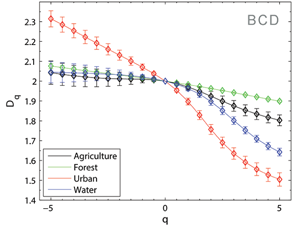
Drzewiecki W., Wawrzaszek A., Krupiński M., Aleksandrowicz S., Bernat K. (2016) Applicability of multifractal features as global characteristics of WorldView-2 panchromatic satellite images, European Journal of Remote Sensing, 49:1, 809-834, doi: 10.5721/EuJRS20164943
In this work we analyse fractal and multifractal characteristics for description and extraction of information from VHR satellite images. We propose the degree of multifractality as a global descriptor of satellite image content and
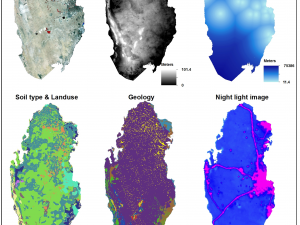
Peng Y., Kheir R.B., Adhikari K., Malinowski R., Greve M.B., Knadel M., Greve, M.H. (2016) Digital Mapping of Toxic Metals in Qatari Soils Using Remote Sensing and Ancillary Data. Remote Sensing, 8, 1003, doi:10.3390/rs8121003
After decades of mining and industrialization in Qatar, it is important to estimate their impact on soil pollution with toxic metals. The study utilized 300 topsoil (0–30 cm) samples, multi-spectral images (Landsat 8), spectral
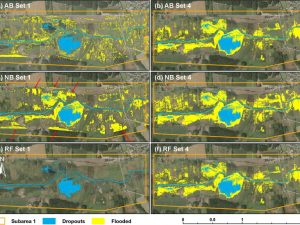
Malinowski R., Höfle B., Koenig K., Groom G., Schwanghart W., Heckrath G. (2016) Local-scale flood mapping on vegetated floodplains from radiometrically calibrated airborne LiDAR data. ISPRS Journal of Photogrammetry and Remote Sensing 2016, 119, 267-279, doi: 10.1016/j.isprsjprs.2016.06.009
Knowledge about the magnitude of localised flooding of riverine areas is crucial for appropriate land management and administration at regional and local levels. However, detection and delineation of localised flooding with remote sensing techniques
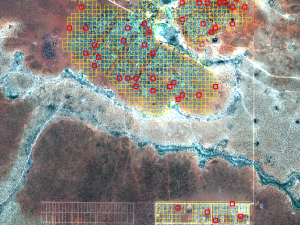
Jenerowicz M., Kemper T. (2016) An improved automated procedure for informal and temporary dwellings detection and enumeration, using mathematical morphology operators on VHR satellite data, Remote Sensing Technologies and Applications in Urban Environments, doi: 10.1117/12.2254808
Every year thousands of people are displaced by conflicts or natural disasters and often gather in large camps. Knowing how many people have been gathered is crucial for an efficient relief operation. However, it
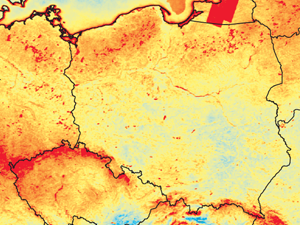
Kotarba A.Z. (2016) Regional high-resolution cloud climatology based on MODIS cloud detection data, Volume 36, Issue 8 30 June 2016 Pages 3105–3115, doi: 10.1002/joc.4539
Most satellite cloud climatologies come in the form of global, low-resolution datasets: so- called ‘gridded’ Level 3 products, resulting from the reprojection and spatio-temporal aggregation of swath (Level 2) data. Their coarse resolution means
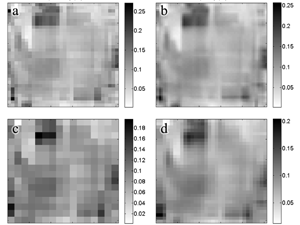
Wawrzaszek A., Walichnowska M., Krupiński M. (2015) Evaluation of degree of multifractality for description of high resolution data aquired by Landsat Satellites, Archiwum Fotogrametrii, Kartografii i Teledetekcji 2015, vol. 27, s. 175-184 ISSN 2083-2214, eISSN 2391-9477, doi:10.14681/afkit.2015.013
In the frame of this work six satellite images (at six spectral bands) from Landsat 5, Landsat 7 and Landsat 8 have been analysed. For this purpose 30 meter resolution images showing the regions
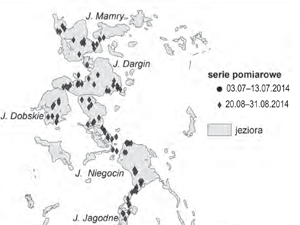
Kulczyk S.,Woźniak E. , Derek M. , Kowalczyk M. (2015) Pomiar marszrutowy jako narzędzie monitoringu aktywności turystycznej. Przykład Wielkich Jezior Mazurskich. Problemy Ekologii Krajobrazu, T. XXXIX, 111–119
In order to describe relations between tourism and landscape, it is important to operate within two scopes. The first is landscape potential and the second – the way it is used by tourists. In
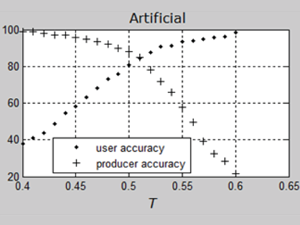
Nowakowski A. (2015) Remote Sensing Data Binary Classification Using Boosting with Simple Classifiers, Acta Geophys. (2015) 63: 1447, doi: 10.1515/acgeo-2015-004
Boosting is a classification method which has been proven useful in non-satellite image processing while it is still new to satellite remote sensing. It is a meta-algorithm, which builds a strong classifier from many
 English version
English version